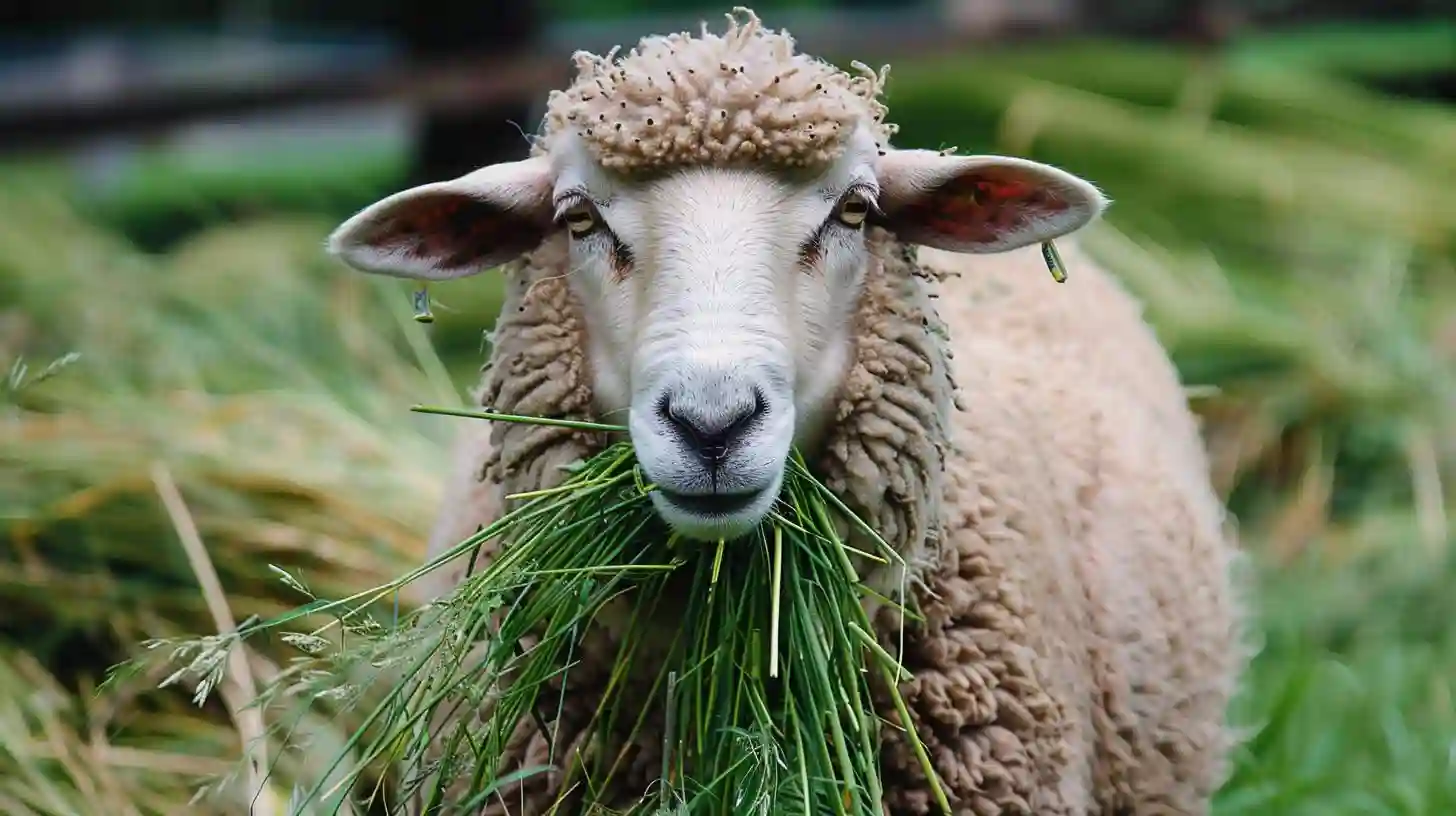
Sheep have played a crucial role in human society for thousands of years, providing us with wool for clothing, meat for food and milk for consumption. Their wool was used for a variety of purposes, from keeping warm in winter to weaving carpets and blankets. However, to obtain wool from sheep, they must be shaved or sheared regularly.
Sheep, like many other animals, grow thick wool to protect themselves from the elements. This wool keeps you warm in winter and cool in summer by regulating body temperature and providing insulation. However, if it is not sheared, the wool will continue to grow and eventually become a burden on the sheep. Over time, the weight of the wool can become too heavy for the sheep, leading to mobility problems and discomfort.
In addition, overgrown wool can also attract parasites and bacteria, causing skin infections and other health problems in sheep. These parasites can burrow into the fur and lay eggs, leading to infestation and potential disease transmission. By regularly shearing sheep, we can prevent these health problems and ensure the welfare of the animals.
Sheep shearing also helps maintain the quality of the wool. As wool grows, it becomes more prone to matting and tangling, making it more difficult to process and spin. By shearing sheep before the wool becomes too tangled, we can ensure that the wool is high quality and suitable for a variety of textiles. In addition, regular trimming helps stimulate the growth of new, healthy hair, resulting in a smoother, more uniform coat.
In addition to the benefits for the sheep themselves, shearing also plays a crucial role in the wool industry. Wool obtained from sheep is a valuable commodity, used in a wide range of products, from clothing to carpets and insulation materials. By regularly shearing sheep, we can ensure a stable supply of wool for these industries, supporting the livelihoods of farmers and textile workers around the world.
Shearing also helps prevent waste in the wool industry. If sheep are not sheared regularly, their wool will continue to grow and eventually become unmanageable. In some cases, the wool can become too tangled or contaminated, resulting in wasted resources and loss of income for farmers. By shearing sheep before the wool reaches this point, we can make the most of the wool and reduce waste in the industry.
Sheep shearing is a skilled and labor-intensive process that requires careful handling and attention to detail. Shearers must be trained to properly shear sheep without causing injury or stress to the animals. They must also be able to shear large numbers of sheep quickly and efficiently, as commercial shearing is usually carried out on a large scale.
Although shearing is essential for the health and welfare of sheep, the practice is controversial in some circles. Animal rights activists have raised concerns about the treatment of sheep during shearing, particularly in commercial operations where speed and efficiency take precedence over animal welfare. Some shearers have been accused of using excessive force or causing unnecessary harm to sheep during the shearing process.
In response to these concerns, efforts have been made to improve the welfare of sheep during shearing. Organizations such as the American Society for the Prevention of Cruelty to Animals (ASPCA) and the Humane Society have developed guidelines for humane shearing practices in an effort to ensure that sheep are treated with care and respect during the shearing process. These guidelines include advice on proper handling techniques, ensuring proper training and supervision of shearing, and ensuring sheep have adequate rest and water after shearing.
Despite these efforts, challenges remain in ensuring the welfare of sheep during shearing. The fast-paced nature of commercial shearing operations can make it difficult to ensure that every sheep is treated with care and respect. Additionally, demand for wool products continues to force the industry to prioritize efficiency and productivity over animal welfare.
Going forward, it will be important for farmers, shearers and consumers to work together to find solutions that prioritize sheep welfare while also meeting the needs of the wool industry. By promoting humane shearing practices, providing education and support for shearing, and raising awareness of the importance of shearing to the health and welfare of sheep, we can ensure a sustainable and ethical future for the wool industry.
Sheep shearing is a necessary and beneficial practice for both the animal and the industry. By regularly shearing sheep we can ensure their health and wellbeing, prevent waste in the wool industry and support the livelihoods of farmers and textile workers. However, it is important to prioritize animal welfare and promote humane shearing practices to ensure a sustainable and ethical future for the wool industry.